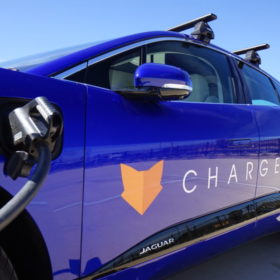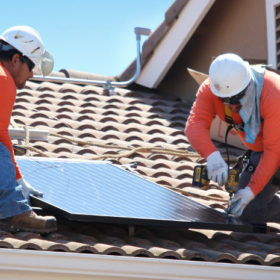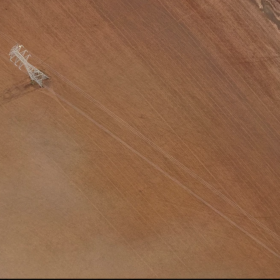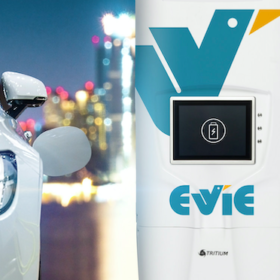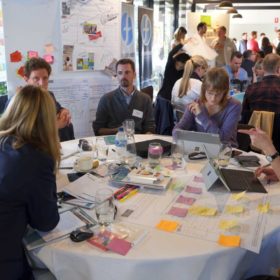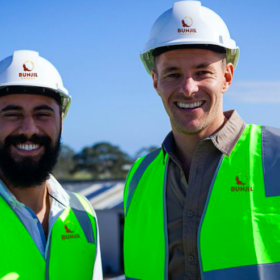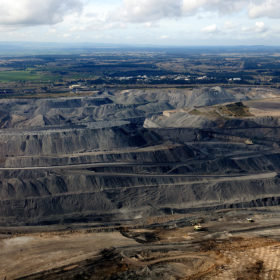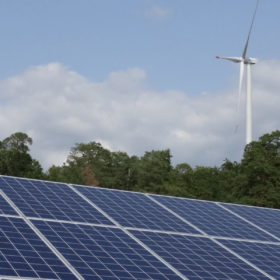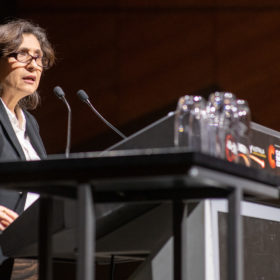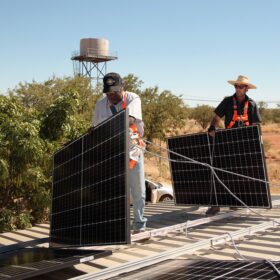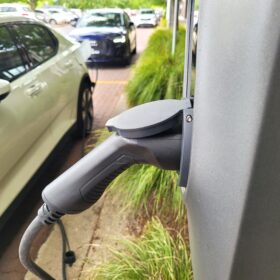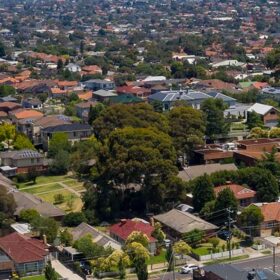“Transforming Australia from a global laggard to a leader in transport innovation,” Chargefox flexes its EV charging network muscle
Chargefox, Australia’s only public ultra-rapid EV charging network, has demonstrated its rapid growth by opening the most powerful EV charging station in the Southern Hemisphere. At the same time it announced its partnership with Yurika and the Queensland Government to manage the 17 fast charging sites that make up the Queensland Electric Super Highway.
Victoria’s solar PV rebate out of stock for July
The July quota for solar PV rebates under Victoria’s Solar Homes program has been filled within days. The next release will be available in August.
South Australia gives 500 MW solar farm coupled with 250 MW battery go-ahead
One of Australia’s largest utility-scale solar arrays and the biggest energy storage facilities was given a tick of approval.
Evie Networks announces partnership with U.S. software provider to build ultra-fast highway of EV charging stations
Evie Networks, largely funded by coal baron Trevor St Baker’s St Baker Energy Innovation Fund to the tune of $28 million, has announced its partnership with U.S. software company EV Connect to help systematise Evie’s proposed ultra-fast highway charging network. The network could enable affordable EV options to pick up speed in Australia.
ARENA opens admissions for Incubate 2019
Applications for ARENA’s A-Lab Incubate 2019, a three-day innovation lab where teams are invited to develop high-impact projects looking to forward Australia’s transition to renewable energies, officially opened this month. Participants receive intensive expert assistance and access to potential investors including ARENA, CEFC and private investment funds.
Bunjil Energy aims for indigenous empowerment and the “complete decentralisation” of energy
Offgrid installations formed an early training ground for many veterans of Australia’s solar industry – often in particularly tough conditions. Bunjil Energy CEO and Co-founder Isaac Harrison shares this experience and is putting it to work to pursue his vision for Eco Solar Farms and empowering indigenous communities through PV.
Australia’s greenhouse gas emissions continue to rise thanks largely to gas and coal extraction
While the Federal Government may insist Australia is on track to meet its international commitments, a number of studies, including the government’s own figures, show exactly the opposite. In its latest report, The Australia Institute points to “concerning upward trends” in emissions from fossil fuel mining.
States take over on climate change, but NSW and Queensland make patchy progress
With no new measures to the reduce emissions in the electricity sector and no renewable energy target beyond 2020, federal government leaves little room for hope for policy driven renewables expansion. At a state level, ambitious renewable energy targets could help fill the policy void to a certain extent, but some states are falling short of their self-imposed targets for either renewable energy or emissions reductions.
Industry urges consumers to do due diligence as Victoria’s Solar Homes scheme reopens
With the comeback of the Victorian government’s first-in best-dressed Solar Homes program, consumers are urged to do their due diligence as they rush to apply for popular rebates. If incorrectly installed, batteries are a serious safety risk, industry body Future Energy Skills underlines.
Australia edges closer to national hydrogen strategy
Nine issues papers have been developed following national and international consultation as Australia seeks to tap the global transition to lower emissions sources of energy.
